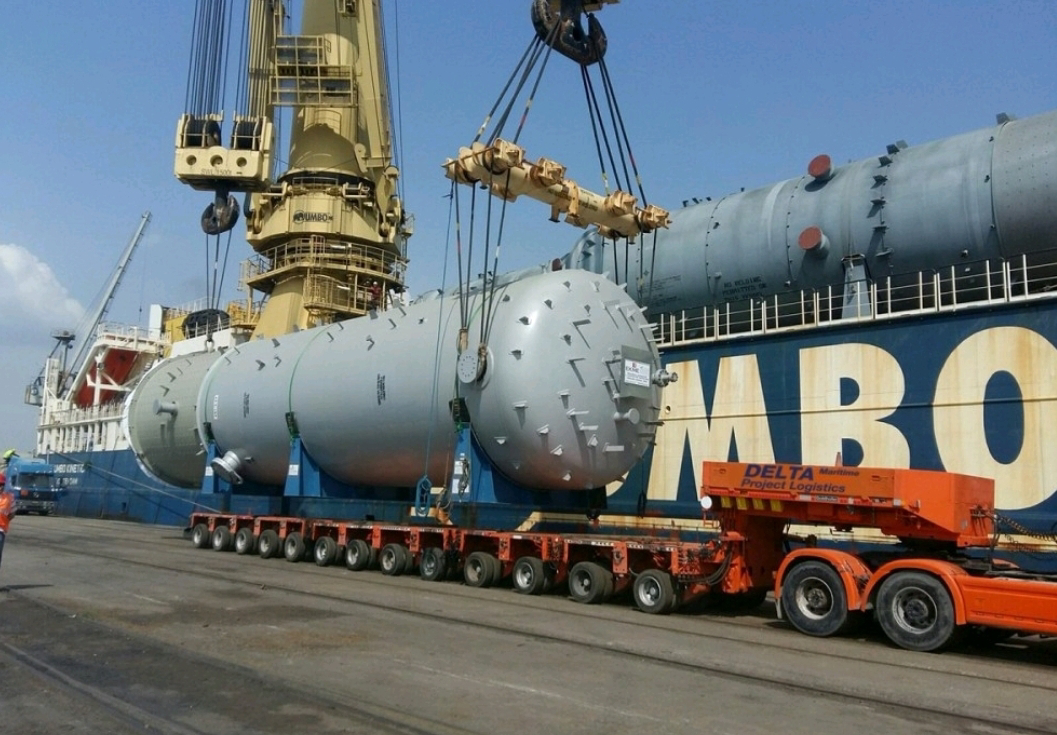Project logistics is a specialized subset of the logistics industry that requires a fully integrated approach to the global orchestration of material flow, order management and shipment execution from multiple origins to a defined site location. It includes transportation of regular and out-of-gauge cargo (OOG) across all transport modes to deliver in full, on time and in the right sequence to support the execution of a customer's often highly complex project schedule and objectives. A ‘project’ in this type of logistics, is identified by five characteristics: it is time-definite, the supply chain is convergent, the transport solution must be seamlessly integrated across all modes of transport, the transport execution is often highly specialized or bespoke, and finally customers’ buying behaviour shows a preference for an outcomes-based, end-to-end approach, to their supply chain.
Upcoming trends for project logistics in 2025?
Investments: Project logistics is as sensitive to freight rates as it is to politics. It serves the complex Capital Expenditure (CapEx) needs of all markets globally, and the changing dynamics between these markets that will take place next year are greatly affecting this type of transportation. When looking at the current geopolitical environment, disruptions and upcoming tariffs are set to change trade drastically in 2025, not just for import and export, but also for global investments.
Expansion in the energy portfolio: Back in 2023, energy investments were focused primarily on wind energy. One full year later, several of the large wind energy projects ran into challenges with offtake agreements, cost, mishandled tenders, etc., resulting in material delays to the project and a dampening effect on demand in some areas. Today, the energy market is seeing early indications of a mindset shift towards the large-scale viability of nuclear power, a trend that will be more visible in 2025. With more governments backing deals on nuclear power (also to fuel the ramping electricity needed now for the common use of Artificial Intelligence, ChatGPT and similar new technologies), the demand for project logistics capacity continues to grow and diversify in nearly every region of the world.
Defence-related projects: The defence market has recently seen the largest uptick in defence spending since World War Two across the EU, NATO and its allied countries, planned for 2025. A recent study by Deloitte highlights that “geopolitical tensions continued, pushing countries to increase defence spending. As per The Stockholm International Peace Research Institute, “approximately 59 countries were at war in 2022, up by 27 countries compared to 2019. As a result, defence expenditures and related projects surpassed US$2.4 trillion in 2023” adding that “these trends are expected to continue into 2025, with the potential for broad-based operationalization of many technologies”. This outlook shows intention not only for an augmented production of defence-related items but also for CapEx in investments for defence-related facilities, installations and production plants. This uptick in defence production demand will therefore add complexity for transportation capacity in the project logistics market – particularly in the shipbuilding sector as order books for new naval vessels potentially take priority over demand for heavy lift or multipurpose ships.
Modelling and simulation: A trend that was observed for 2024, advanced modelling and simulation using digital twin technologies, for instance, will continue to be relevant into the new year and will gain even more importance as project logistics will also get more complex. “The demand to get heavy and complex cargo in and out of really tight spots is only increasing these days because the locations for new projects are getting more complex to reach” states Robin Towley, Global Business Product Owner at Maersk Project Logistics. In the last 20 years, a lot of industrial areas have grown up to the point that only a limited capacity for expansion remains.

No comments:
Post a Comment
Note: only a member of this blog may post a comment.